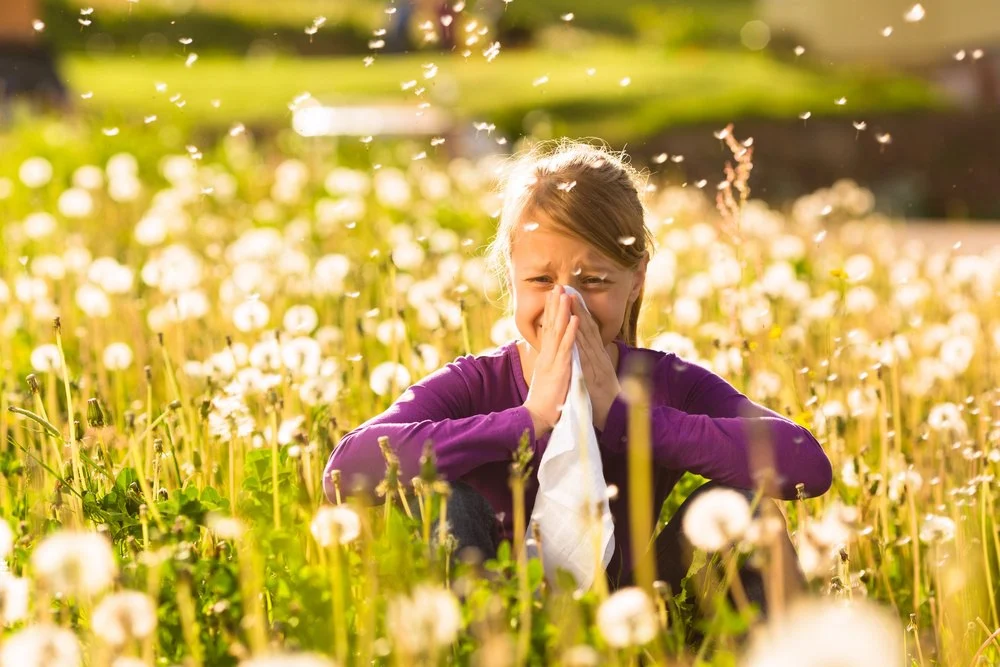Hay fever, also known as allergic rhinitis, is a condition that affects millions of people each year. It is caused by an allergic reaction to pollen and other airborne allergens such as dust mites or pet dander. Symptoms can range from mild to severe and usually include sneezing, itchy eyes, runny nose, and congestion. In some cases, hay fever may cause asthma attacks or sinus infections.
In this article, we will discuss the common signs and symptoms of hay fever, possible causes, available treatments, and strategies to prevent hay fever.
Common Signs and Symptoms
The most common signs and symptoms of hay fever include sneezing, itchy eyes, runny nose, and congestion. In some cases, people may also experience headaches or fatigue. Symptoms usually appear during certain times of the year when pollen counts are higher, such as spring and summer months.
When it comes to diagnosis, a doctor may ask questions about the duration and severity of the symptoms. They may also suggest an allergy test to determine if the person is allergic to pollen or other allergens.
Possible Causes
Pollens from plants and trees are the most common cause of hay fever. Other allergens, including dust mites, pet dander, mold spores, and certain chemicals can also trigger allergic reactions in some people.
These allergens can enter the body through the nose, eyes, or mouth and cause an allergic reaction. This reaction causes symptoms such as sneezing and itching to occur.
Available Treatment Options
There are several medications available to help reduce the severity of hay fever symptoms. These include antihistamines, decongestants, nasal sprays, and corticosteroid medications. The type of medication prescribed will depend on the severity of the symptoms and the person’s individual medical history.
In addition to medications, there are also lifestyle changes that can help reduce hay fever symptoms. These include wearing a mask when outdoors during high pollen seasons, avoiding outdoor activities during peak pollen hours, and showering after being outdoors.
Since hay fever is an allergic reaction, it is important to avoid the things that trigger it. This means steering clear of potential allergens such as pollen, dust mites, and pet dander. If you are unsure about what is causing your symptoms, speak to a doctor for help in identifying potential allergens.
During seasons when pollen counts are high, it may be necessary to take additional steps to protect yourself. These include closing windows in the home and car, wiping down pets before they come inside, preparing seasonal allergy medications, and changing clothing and bedding regularly.
Preventing Hay Fever
The best way to prevent hay fever from occurring is by avoiding contact with airborne allergens. During peak pollen season, staying indoors as much as possible will minimize exposure to pollen and other allergens.
It is also important to keep windows closed at home, use an air purifier, and vacuum regularly to reduce the amount of potential allergens in the home environment. Wearing a mask while outdoors can also help prevent hay fever symptoms from developing.
Aside from avoiding potential allergens, several other strategies can help manage hay fever. These include avoiding outdoor activities during peak pollen hours, showering after being outdoors, and taking medications as prescribed by your doctor.
Conclusion
Hay fever is a common seasonal allergy that can cause uncomfortable symptoms such as sneezing, itchy eyes, runny nose, and congestion. It is important to identify the allergens that are causing the reaction and take steps to avoid them.
Medications and lifestyle changes can help reduce hay fever symptoms, while preventative strategies such as staying indoors during peak pollen seasons and wearing a mask when outdoors can help in preventing it from occurring. By taking the necessary steps, people can manage hay fever and enjoy their outdoor activities without suffering from uncomfortable symptoms.
Do you have questions about hay fever? Talk to your doctor for more information. With the right knowledge and resources, you can manage this condition and enjoy life outdoors again.

Welcome to our blog! My name is Yuvraj Kore, and I am a blogger who has been exploring the world of blogging since 2017. It all started back in 2014 when I attended a digital marketing program at college and learned about the intriguing world of blogging.
